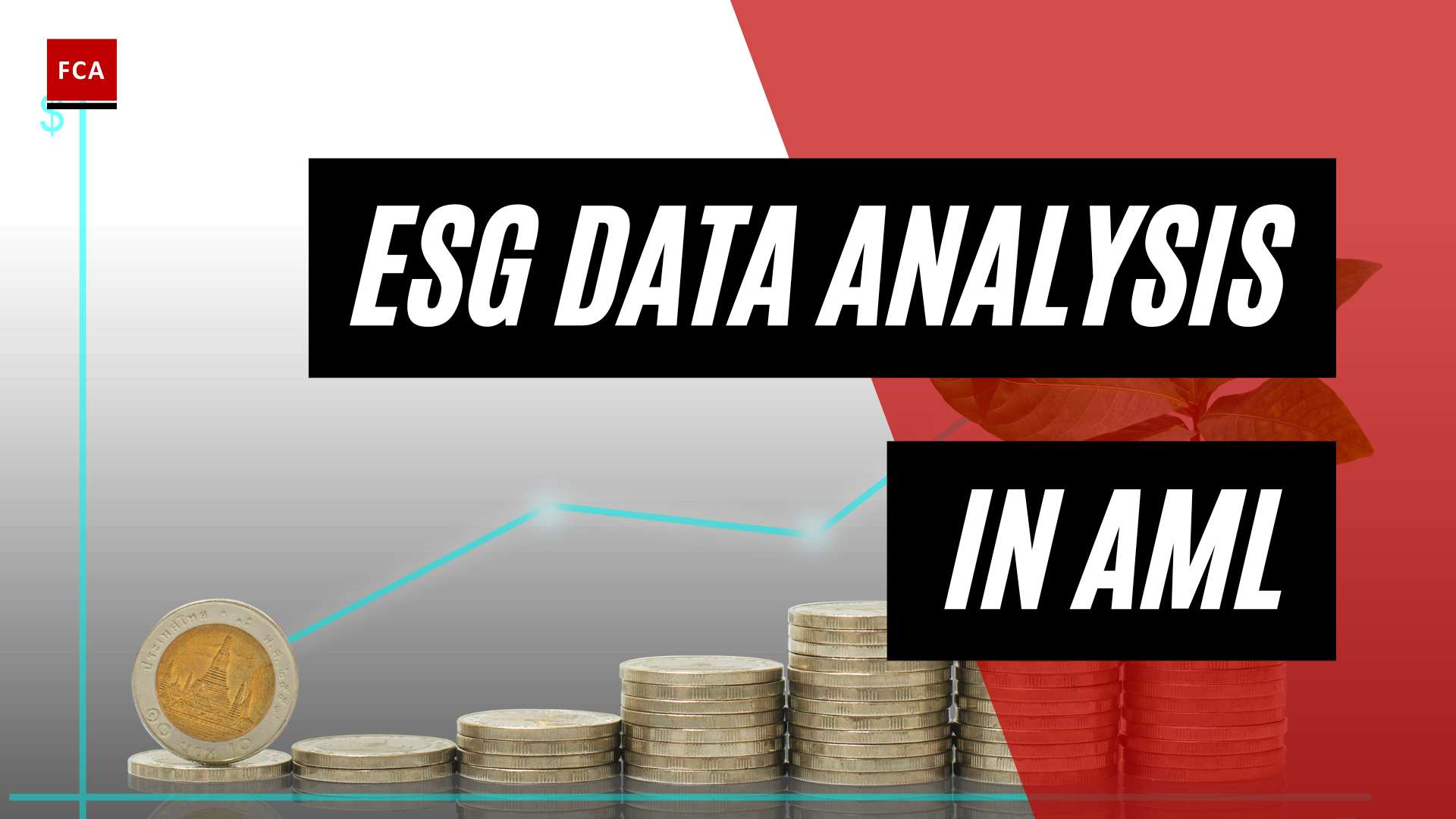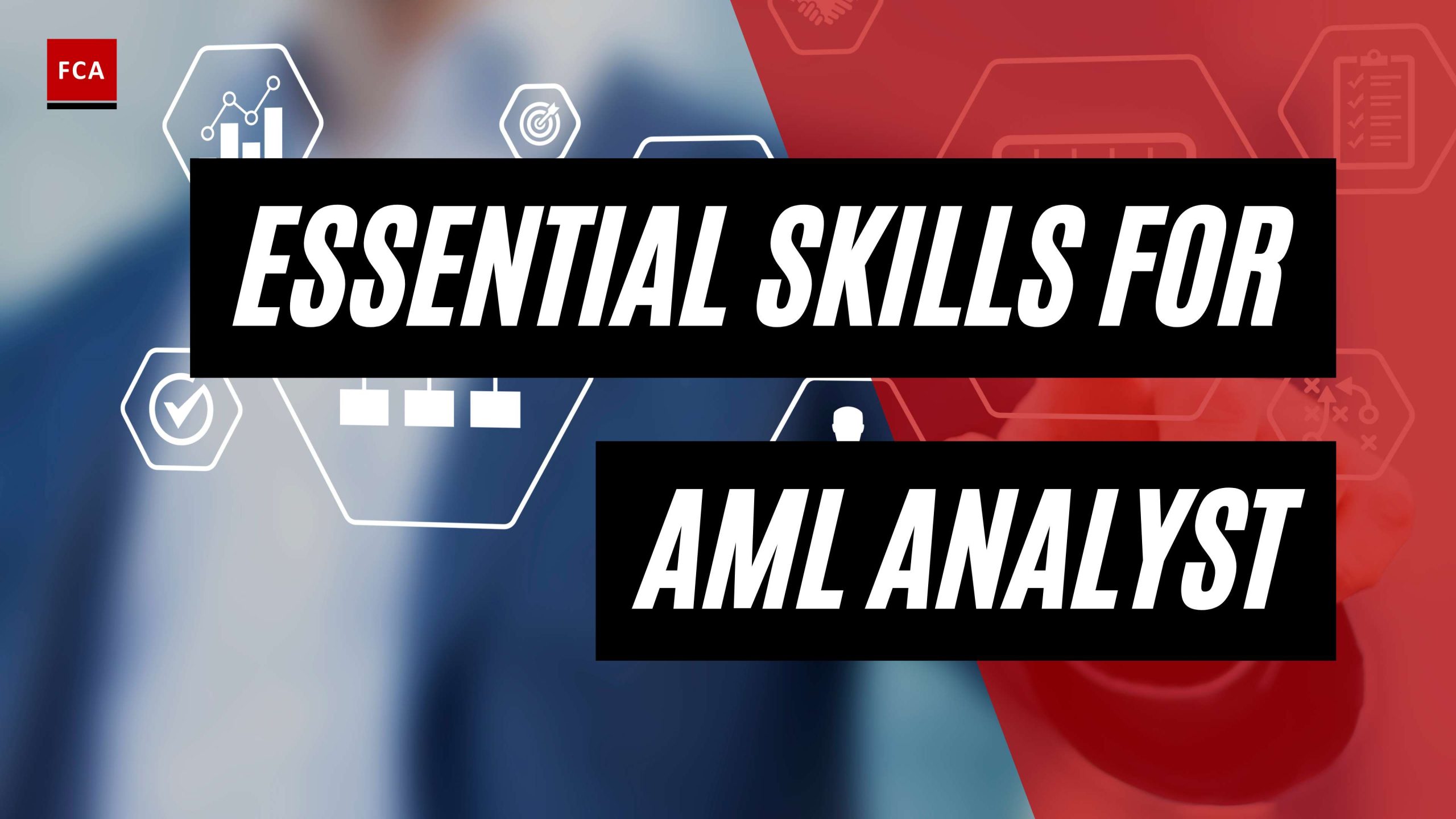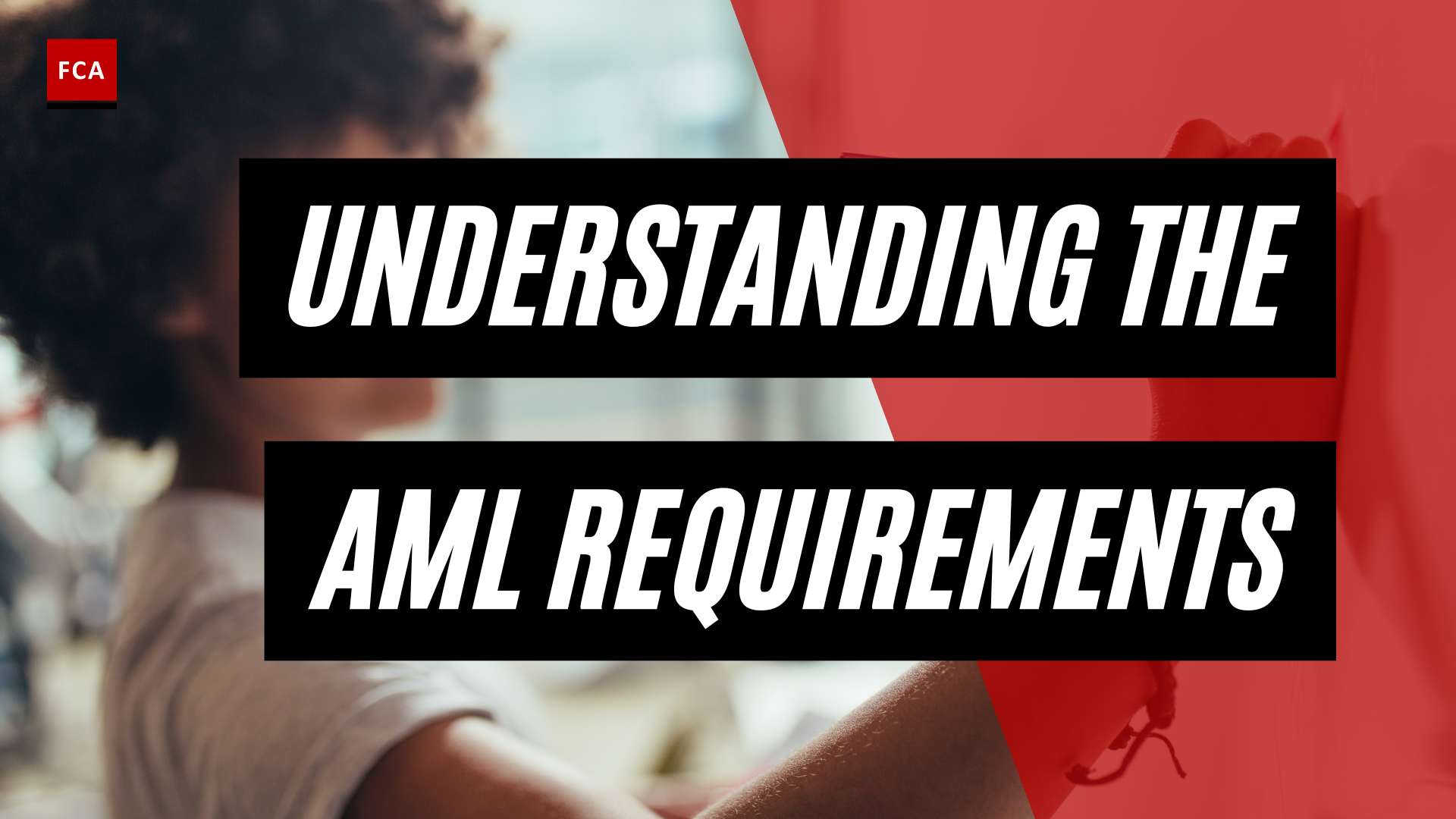AML Risk Assessment Basics
Anti-Money Laundering (AML) risk assessment serves as a cornerstone to uphold the integrity of the financial system and plays a pivotal role in strategizing detection and prevention of money laundering activities. This section will provide insights into the meaning and importance of AML risk assessment.
Understanding AML Risk Assessment
AML risk assessment is a crucial element in the quest to prevent money laundering activities. It is mandated by the Bank Secrecy Act (BSA) for financial institutions to uphold this practice (Sanction Scanner).
A well-structured AML risk assessment methodology allows financial institutions to systematically analyze vulnerabilities and customize their AML efforts accordingly. This is achieved by identifying, quantifying, and mitigating various risk factors such as customer profiles, transaction patterns, and geographical exposure.
The AML risk assessment framework enables organizations to identify, assess, and reduce money laundering and terrorist financing risks. This is done through the classification of risk levels from Very Low to Very High, providing comprehensive insights into customer risk profiles and transaction patterns.
Importance of AML Risk Assessment
An effective AML risk assessment process is vital in the development and maintenance of an effective AML program. This program aids in identifying, monitoring, and mitigating potential money laundering threats.
The risk assessment process allows banks to apply risk management processes effectively, identify gaps in controls, and provide a comprehensive analysis of money laundering and terrorist financing risks. Documenting the assessment in writing is recommended to communicate risks effectively to relevant bank personnel.
Furthermore, the AML risk assessment process encompasses a comprehensive understanding of the bank’s products, services, customers, and geographical locations of business operations (Deloitte). Through this process, banks are better able to identify specific risk categories such as products, services, customers, and geographic locations unique to the bank to better assess risks within these categories. Improper identification and assessment of risks can lead to deficiencies in internal controls.
In summary, understanding the basics of AML risk assessment is a critical first step in developing effective measures to combat money laundering and financial crimes. For more detailed insights into AML laws and regulations, refer to our detailed guide on aml laws and regulations.
AML Laws and Regulations
A robust AML risk assessment process is underpinned by a comprehensive understanding of applicable laws and regulations. In the United States, two significant entities govern AML directives: The Bank Secrecy Act (BSA) and the Office of Foreign Assets Control (OFAC).
The Bank Secrecy Act
The Bank Secrecy Act (BSA), enacted in 1970, is the primary legislation governing AML regulations in the United States. The Act mandates financial institutions to maintain records, implement internal controls, and report specific transactions to FinCEN. These key provisions are necessary for the prevention of money laundering and financial crimes.
Banks structure their BSA/AML compliance programs to be risk-based, with the aim to assist in identifying money laundering (ML), terrorist financing (TF), and other illicit financial activity risks. Understanding the risk profile enables banks to develop appropriate internal controls to mitigate risks and comply with regulatory requirements.
The BSA/AML risk assessment process allows banks to better apply risk management processes, identify gaps in controls, and provide a comprehensive analysis of ML/TF and other illicit financial activity risks. Documenting the assessment in writing is recommended to communicate risks effectively to relevant bank personnel.
Banks are encouraged to identify specific risk categories such as products, services, customers, and geographic locations unique to the bank to better assess risks within these categories. Improper identification and assessment of risks can lead to deficiencies in internal controls (BSA/AML Manual).
For more on Anti-Money Laundering regulations, see AML laws and regulations.
Office of Foreign Assets Control
The Office of Foreign Assets Control (OFAC) is another crucial regulatory body in the realm of AML. Financial institutions must comply with OFAC sanctions by screening customers, transactions, and business partners against the Specially Designated Nationals (SDN) list and other sanctions lists. Non-compliance with OFAC sanctions can lead to severe penalties, including fines and reputational damage (Flagright).
OFAC compliance is an integral part of any AML risk assessment process. It helps in identifying and mitigating potential risks associated with sanctioned entities and countries.
Understanding and adhering to these regulatory bodies’ directives is crucial for an effective AML risk assessment process. It also helps in the establishment of robust internal controls, monitoring systems, and due diligence practices. For further reading on implementing AML practices, see AML due diligence, AML Transaction Monitoring, and AML Compliance Software.
Risk Assessment Methodologies
Applying the right methodologies for Anti-Money Laundering (AML) risk assessment is critical for businesses to ensure compliance with regulatory requirements such as the Bank Secrecy Act (BSA) and Office of Foreign Assets Control (OFAC) guidelines. A robust risk assessment process allows organizations to identify, evaluate, and manage the risk of money laundering and other illicit activities. The two key components of AML risk assessment methodologies are Key Risk Indicators (KRIs) and Risk Level Classification.
Key Risk Indicators
Key Risk Indicators (KRIs) are used in the AML assessment process to identify clients more prone to money laundering or illicit activities. There are five primary KRIs that businesses should consider, each with several risk drivers influencing their relevance to the organization. Understanding and monitoring these KRIs is crucial in identifying and managing potential AML risks.
The five primary KRIs include:
- Customer Risk: This evaluates the risk associated with a customer’s business activities, country of residence, and overall financial profile.
- Product Risk: This assesses the risk level of the products and services offered by the organization.
- Geographical Risk: This focuses on the geographical locations where the organization operates or where its customers reside.
- Industry Risk: This considers the risk level associated with the industry in which the customer operates.
- Channel Risk: This pertains to the channels through which transactions are conducted.
Each KRI has several risk drivers, which determine its relevance to the organization. It’s important to continuously evaluate and adjust these factors over time to optimize the AML process.
Risk Level Classification
Once the KRIs have been identified, organizations must classify the risk level for each. This is typically done using a scale of 1 to 3, with 1 representing low risk and 3 representing high risk. This risk level classification guides the organization in implementing controls to reduce the risks from high to low levels.
For example, a completed AML risk assessment allows organizations to categorize clients as low, medium, or high risk. This categorization guides the best ways to monitor transactions, verify identities, and report suspicious activities, thereby ensuring compliance with regulatory requirements such as the BSA and OFAC guidelines.
The classification of risk levels is not a one-time process. It requires continuous evaluation and adjustment to account for changes in the business environment, regulatory landscape, and client behavior. This ongoing process helps organizations stay ahead of potential AML risks and comply with all AML compliance requirements.
In conclusion, applying a robust risk assessment methodology is key to effective AML risk management. By identifying key risk indicators and classifying risk levels, organizations can implement appropriate controls and stay compliant with relevant AML laws and regulations. For further reading on AML risk management and compliance, check out our resources on AML compliance training and AML compliance software.
Techniques in AML Risk Assessment
The process of Anti-Money Laundering (AML) risk assessment involves a host of techniques, with a significant focus on data analytics and transaction monitoring systems. These techniques are key elements in identifying potential risks and maintaining compliance with anti-money laundering regulations.
Role of Data Analytics
In the context of AML risk assessment, data analytics plays a crucial role. By utilizing advanced analytics techniques like machine learning, artificial intelligence, and data mining, financial institutions can significantly enhance the detection and monitoring of money laundering activities. These techniques allow for the analysis of large volumes of data in real-time and the identification of complex patterns for further investigation.
Additionally, data analytics can help identify connections between individuals, organizations, and transactions through entity resolution techniques and network analysis. By revealing hidden relationships and networks involved in money laundering, these techniques can aid investigations and enable proactive measures (LinkedIn).
Effective visualization techniques, such as interactive dashboards and visual data representations, can also be incredibly valuable in the AML risk assessment process. These tools can aid analysts and investigators in identifying complex relationships, visualizing fund flows, improving situational awareness, aiding decision-making, and facilitating effective reporting to regulatory bodies (LinkedIn).
Transaction Monitoring Systems
Transaction monitoring systems (TMS) are integral to the AML risk assessment process. These systems scrutinize customer transactions to identify unusual or suspicious activities using algorithms and rules-based approaches. They flag transactions that deviate from expected behavior, such as structuring, layering, or sudden changes in transaction patterns (LinkedIn).
The utilization of templates in AML risk assessment can also streamline the process, providing a structured framework that ensures uniformity, effectiveness, and adherence to regulatory standards. This saves time, enables regulatory compliance, and fosters internal collaboration and communication within organizations.
The techniques mentioned above, when applied effectively, can significantly improve an institution’s ability to identify potential AML risks and take appropriate action. They complement other practices such as AML due diligence and the use of AML compliance software. It’s important to remember that these techniques should be used as part of an integrated approach to AML risk assessment, which includes appropriate AML compliance training and adherence to all relevant AML laws and regulations.
Challenges in AML Risk Assessment
In the complex world of anti-money laundering, professionals face numerous challenges. Two of the most prominent are the evolving tactics of money laundering and the compliance with ever-changing regulations.
Evolving Money Laundering Tactics
Money laundering involves the concealment of the origins, ownership, or destination of illegally obtained funds to make them appear legitimate for legal use (Sanction Scanner). The complexity and constant evolution of money laundering tactics pose significant challenges for AML officers. Criminals increasingly use emerging technologies such as cryptocurrencies, digital payment methods, and online platforms to evade law enforcement and continue their illicit activities. As a result, AML officers must continually stay updated with evolving tactics to effectively prevent financial crimes.
In the United States alone, between $300 billion and $1 trillion is estimated to be laundered every year. Globally, it is estimated that between $800 billion and $2 trillion (or 2-5% of global GDP) is laundered annually, posing significant challenges to economies and societies (Flagright).
Compliance with Changing Regulations
Compliance with local and international regulations, industry best practices, and emerging trends is a vital part of any AML risk assessment program. Failure to comply can result in significant penalties and reputational damage. Non-compliance with AML regulations can lead to fines, sanctions, and criminal charges for organizations and their officers. This can result in reputational damage and increased regulatory scrutiny, impacting the organization’s financial integrity and trust among stakeholders.
In the United States, financial institutions must comply with Office of Foreign Assets Control (OFAC) sanctions by screening customers, transactions, and business partners against the Specially Designated Nationals (SDN) list and other sanctions lists. Non-compliance with OFAC sanctions can lead to severe penalties, including fines and reputational damage (Flagright).
Banks are encouraged to identify specific risk categories such as products, services, customers, and geographic locations unique to the bank to better assess risks within these categories. Improper identification and assessment of risks can lead to deficiencies in internal controls (BSA/AML Manual).
The challenges in AML risk assessment are significant and require a proactive and informed approach to mitigate. Professionals working in this field must remain updated with the latest AML laws and regulations, employ effective AML compliance software, and continuously train their staff through AML compliance training to stay ahead of these challenges.
Innovations in AML Risk Assessment
The complexities and ever-evolving nature of money laundering methods call for innovative approaches in AML risk assessment. Recent advancements in technology and international cooperation have shown promising results in combating financial crimes.
Machine Learning and Data Analysis
The advent of machine learning technologies and data analysis techniques has revolutionized the field of AML risk assessment. The International Monetary Fund (IMF) is one of the many organizations that utilize these technologies to scrutinize financial movements and identify indicators of potential macro-critical money laundering scenarios. These applications are proving instrumental in conducting annual health checks of member economies and under the Financial Sector Assessment Program.
Advanced analytics techniques like machine learning, artificial intelligence, and data mining have significantly enhanced the detection and monitoring of money laundering activities. These techniques allow for the analysis of large volumes of data in real-time and the identification of complex patterns for further investigation. These capabilities make them valuable tools in AML compliance software and AML transaction monitoring systems.
The use of these technologies, however, does not eliminate the need for knowledgeable AML compliance staff. It is the combination of these advanced technologies with expert human assessment that ensures a robust AML risk assessment process.
Cross-border Cooperation in AML
International collaboration is another crucial innovation in the field of AML risk assessment. The IMF emphasizes the need for banks to broaden their perspectives, scrutinize non-resident risks, and collaborate internationally to mitigate risks posed by cross-border networks and products like crypto assets.
Moreover, regulators are urged to monitor newer entrants to international finance, such as crypto asset service providers, with risk-adjusted scrutiny. Given the global nature of these providers, prioritizing cross-border cooperation is crucial to mitigate the associated risks.
This international cooperation extends beyond just banks and financial institutions. It involves a collective effort from different sectors, including law enforcement, regulatory bodies, and private entities, each playing a vital role in tackling this global issue. This joint effort is especially important in ensuring compliance with AML laws and regulations and meeting AML compliance requirements.
In summary, the innovations in AML risk assessment are shaping the future of anti-money laundering efforts. While these advancements present new opportunities for detecting and preventing financial crimes, they also underscore the need for continuous learning, adaptation, and collaboration in the face of evolving money laundering tactics.









